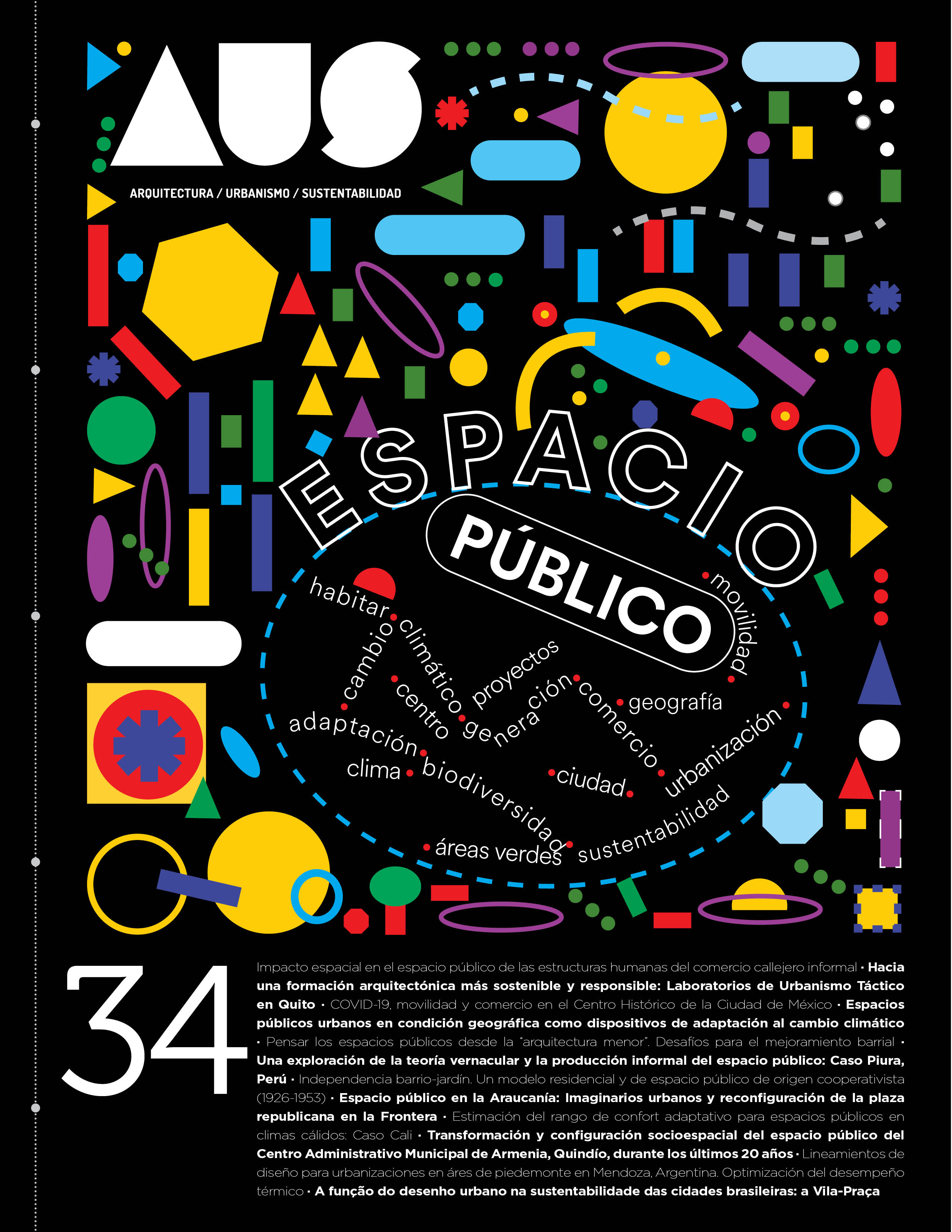COVID-19, Mobility, and Trade in Mexico City’s Historical Down Town
Main Article Content
Abstract
Public space is the setting where a complex network of power relationships is built, relationships that promote sociopolitical, cultural, and economic phenomena which have a bearing on how we conceived a territory. Any exogenous process –like a pandemics– that impacts the structural characteristics of the system will be reflected on the practices that take place in the public space. This research focused on the Collective Metro Transport System (STC) users who got on and off in the stations located in the Historical Down Town district during 2020, and their relationship with the commercial and service-related activities that took place in this area. It is an empirical, exploratory-descriptive investigation that used a deductive analysis method an a mixed approach. A mathematical model and qualitative analysis was developed based on systematic observations and brief interviews. The research led to two results: The mathematical model evidenced the overcrowding of the public transport and the likelihood that its use would increase the number of contagions in different areas of the city; and informality as a way to deal with the economic crisis that impacted vendors and people who shop and use services in the Historical Down Town district.

